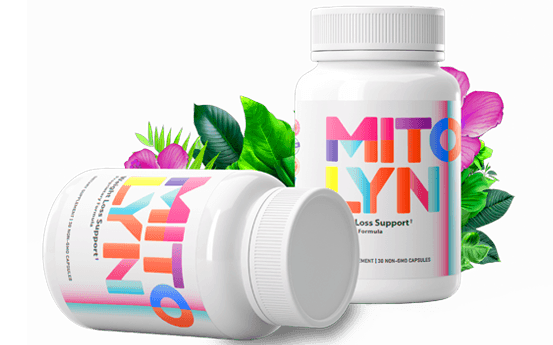It’s cold and flu and detox season


Breadcrumb Trail Links
Published Sep 09, 2024 • 3 minute read
 PASCALINE PHILLIPS jpg, BI, apsmc
PASCALINE PHILLIPS jpg, BI, apsmc
Article content
I was getting a cast changed this week (for a broken wrist) and noticed that certain areas of the hospital were enforcing masking. Nothing says ‘beware of viruses!’ like masking. This is the time of year when people become archly suspicious at the first sound of someone coughing or blowing their nose.
Advertisement 2
This advertisement has not loaded yet, but your article continues below.
Article content
However, do we really know that we can catch a cold or flu from the people around us? There is a big problem with that belief system: in experiments, where scientists have exposed ‘healthy’ animals or people to a ‘diseased’ group that have cold or flu symptoms, the healthy group did not get sick.
This is what happened at the time of the Spanish flu – and was published in the Journal of the American Medical Association (1919) – as a landmark study by a Dr Milton Rosenau. He conducted several experiments to determine influenza’s mode of spread. He had a group of healthy volunteers spend time with influenza patients – they shook hands, talked and the patients exhaled heavily into the faces of these volunteers: nothing happened. Next, Rosenau and his team collected samples from the mucous membranes of influenza patients, filtered out larger organisms (bacteria, for example) and injected the isolate into healthy subjects: again, no illness ensued. The team even withdrew blood from the influenza patients and injected this into the volunteers: again, nothing.
Advertisement 3
This advertisement has not loaded yet, but your article continues below.
Article content
Of course, we would never conduct experiments such as these today – human experimentation (voluntary or not) is completely unethical. But, considering the above results from incubating healthy with ‘sick’ subjects, let’s consider alternative explanations for illness, such as the underlying health of the individual.
When your body is expressing a fever, runny nose, sneezing, coughing, perspiration, and loose bowel movements – these are your body’s methods of removing ‘toxins’. The routes of elimination are via the bowels, lungs, skin and mucous excretions. Toxins can include cellular debris from oxidative damage – which will increase the further out we are from summer, as vitamin D stores decline – assuming that your body actually synthesized significant amounts of vitamin D over the summer, because if you wore sunscreen, you most likely did not. (*note: antioxidants counter oxidative damage)
Advertisement 4
This advertisement has not loaded yet, but your article continues below.
Article content
At this time of year, work is busier, stressors are bigger and take their toll on your body. Not to mention diet: for most people, as life gets more intense, food quality and balance tends to drop precipitously – with more reliance upon ultra-processed and deep-fried foods.
I also want to speak to the elephant in the room: early fall is when people receive a number of shots – for the flu, covid, pneumonia, and more. From an anecdotal point of view, I have far too many patients who have been “so sick” after the annual flu shot that they would never take one again. From a more analytical angle, this is not a case of an overly zealous immune response – this is the body’s response when its toxin threshold has been pushed beyond what it can manage. Your average vaccine contains multiple toxins that you would never knowingly put in your body: aluminum, formaldehyde (a known carcinogen), mercury (thimerosal), polysorbate-80, Triton X-100 (a “toxic substance” that is “harmful if swallowed”), MSG, glyphosate, antibiotics, and more.
Advertisement 5
This advertisement has not loaded yet, but your article continues below.
Article content
All of this dramatically increases your body’s toxin load, compromising how your cells and organs function.
When patients tell me that they lurch from cold to cold, never recovering for long before something else hits them; it is not so much about a weak immune system, but more reflective of an overburdened system that needs to clear out these toxins.
This is why I love fall cleanses: a cleanse facilitates the elimination of toxins through a ‘clean’ diet and liver herbs, as well as reducing or getting rid of fungal populations and other parasites – which also undermine our overall health.
Daily exposure to toxins underscores the importance of a daily antioxidant regimen: vitamin C is not just something that you take when you are starting to feel unwell – this extremely important vitamin should be taken in good amounts (at least 1,000 mg) every day. As well as vitamin D: minimum 3,000 iu daily. The minerals zinc and selenium, also antioxidants, should be taken daily – not just when you are starting to feel unwell. These multifunctional nutrients are key players in helping your liver to process and eliminate toxins.
www.naturalpanacea.ca
Article content
Share this article in your social network





